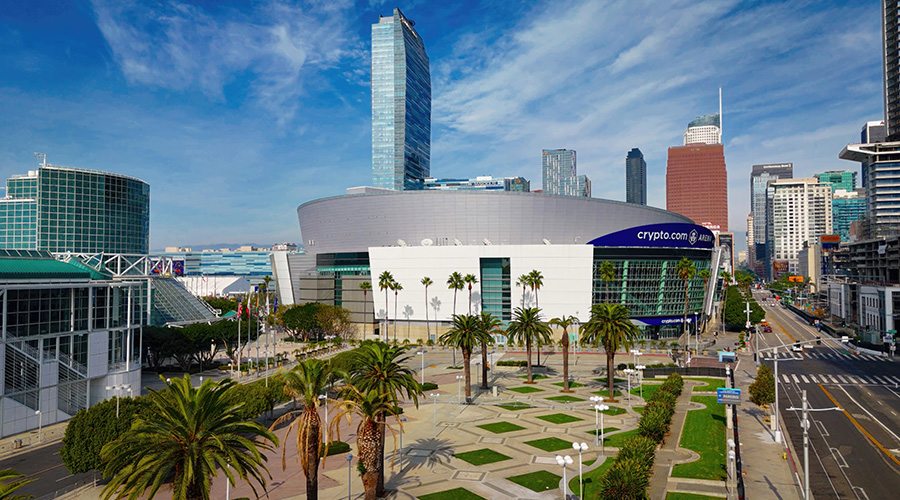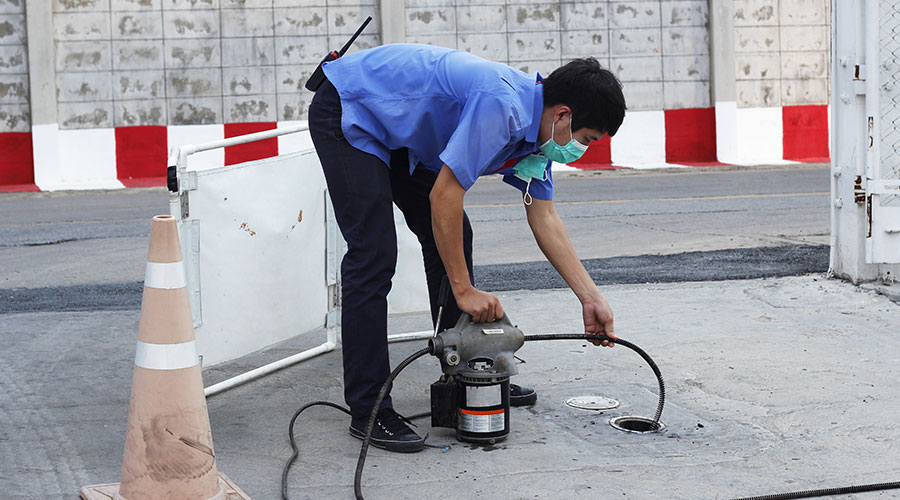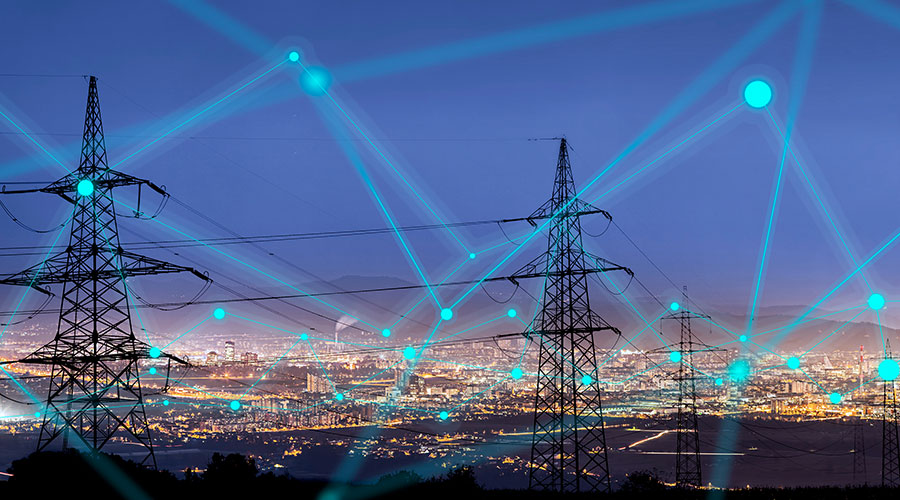
More Amenities, More Revenue as Sports Facilities Evolve
Professional sports stadiums are transforming into districts that offer entertainment, food and lodging or residential options. July 14, 2025
By Dave Lubach, Executive Editor
Stadiums – they're not just for sporting events and concerts anymore.
It’s hard to say when the transformation started exactly, but there is no doubt that the era of sports fans heading to the stadium or arena to watch their event and nothing else is long gone.
Around the country, the concept of standalone stadiums or arenas is fading away. In their place there are mixed-use spaces that take far more into consideration than won-loss records.
“We’re seeing injections of cash, investments, into the sports industry,” said Greg Corlis, a consultant with KPMG, during a presentation at the Honeywell Users Group in June. “Traditionally, sports have been about the franchises – owners own a single team focused on the players, not necessarily the fans.”
While investing in sports teams is typically a fantastically profitable venture – for example the NBA’s Los Angeles Lakers recently sold for $10 billion – the complex that the team plays in shows that the team is one cog, albeit a significant one, in the wheel.
Crytpo.com arena, where the Lakers play, is part of a larger entertainment complex that includes a theater and another massive facility, L.A. Live, that includes restaurants and hotels. Similar complexes are popping up around the country including in Atlanta, where the MLB’s Braves play in Truist Park, part of the Battery development includes restaurants, a concert venue, apartments and a hotel to bring other people to the site when baseball games aren’t being played, and keep the baseball fans spending money in the same location when the game is over.
Similar transformations are taking place in Wisconsin. In Milwaukee, the Deer District around the Bucks’ home, Fiserv Forum, gained attention when an estimated 65,000 people gathered outside the stadium to watch and celebrate the Bucks’ 2021 NBA championship. Green Bay’s Lambeau Field recently hosted the NFL Draft in front of hundreds of thousands of people in its Titletown District. Each Wisconsin site includes not only the stadium, but hotels, apartments and other amenities to attract visitors beyond the traditional game days.
“It’s not about the arena anymore; it’s seeing them transform into multi-use facilities, with sports as the anchor,” Corlis said. “It’s entertainment districts, that sort of thing. Getting into that smart city is where we are starting to go.”
The transformation of these sites started when franchise owners realized that attendees were often taking their money elsewhere after a concert or game was over.
“Teams are recognizing that people are coming for the game, but once that game is done, they’re shutting down that facility and they’re on their way home, and nothing else is going on. Teams are realizing there’s a massive amount of revenue generation opportunities for the organization to expand its footprint.”
As sports facilities continue to evolve into money-vacuuming places for the public, executives are also preparing for the future of sports consumption. The younger generation of fans are showing that the traditional experience of attending sports events and sitting down for 3-4 hours to watch a game is changing, and they are looking for alternatives.
Expanding the facilities to include restaurants and other amenities is a start, but that is also evolving into other ideas to bring younger fans to the game and keep them coming back. That effort includes efforts on technology upgrades, such as improving Wi-Fi reception.
The evolution of sports facilities feels like a design transformation that is in its early stages. What might be next has consultants like Corlis excited.
“Leagues are starting to think about the next generation,” Corlis said. “Sports anchored, mixed-use facilities, or sports entertainment districts are the future, and it’s driven by information technology. A whole ecosystem of partners is going to be involved in enabling that next generation of sports facilities.”
Dave Lubach is the executive editor of the facilities market. He has more than 10 years of experience writing about facility management and maintenance issues.
Next
Read next on FacilitiesNet












